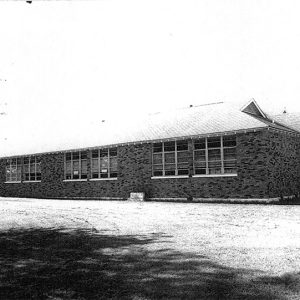 Griffithville School
Griffithville School
Entry Category: Museums and Historic Sites
 Griffithville School
Griffithville School
Griffithville School
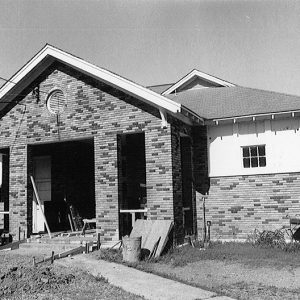 Griffithville School Entrance
Griffithville School Entrance
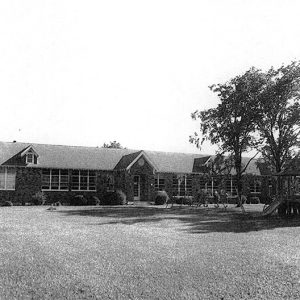 Griffithville School Grounds
Griffithville School Grounds
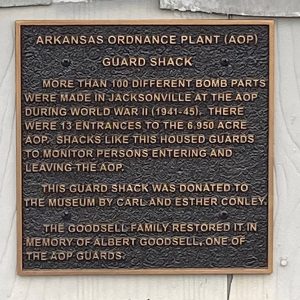 Guard House Plaque
Guard House Plaque
Gurdon Jail
Gustave B. Kleinschmidt House
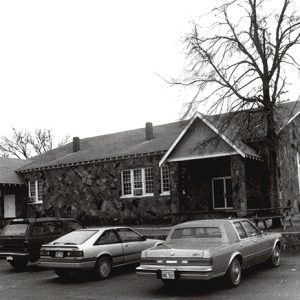 Guy High School Gymnasium
Guy High School Gymnasium
Guy High School Gymnasium
 Guy Home Economics Building
Guy Home Economics Building
Guy Home Economics Building
H. M. Anderson House
Habicht-Cohn-Crow House
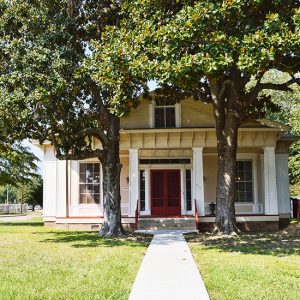 Habicht-Cohn-Crow House
Habicht-Cohn-Crow House
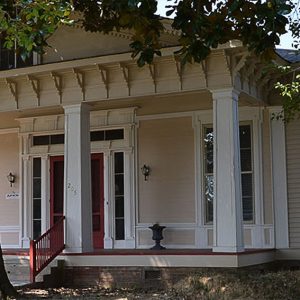 Habicht-Cohn-Crow House
Habicht-Cohn-Crow House
 Haggard Ford Swinging Bridge
Haggard Ford Swinging Bridge
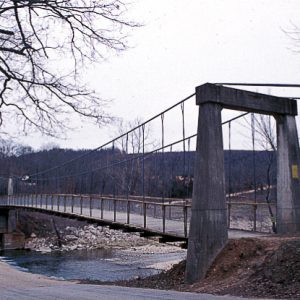 Haggard Ford Swinging Bridge
Haggard Ford Swinging Bridge
Haggard Ford Swinging Bridge
aka: Bear Creek Bridge
Hale Creek Bridge
 Hale Creek Bridge
Hale Creek Bridge
Hampson Archeological Museum State Park
Hampton Waterworks
Hanger Hill Historic District
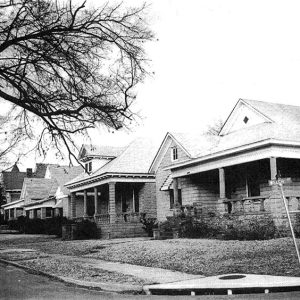 Hanger Hill Historic District
Hanger Hill Historic District
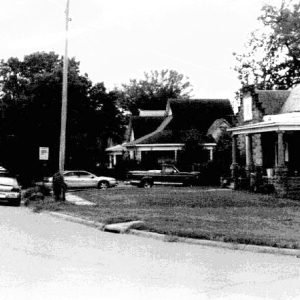 Hanger Hill Historic District
Hanger Hill Historic District
 Hanger Hill Historic District
Hanger Hill Historic District
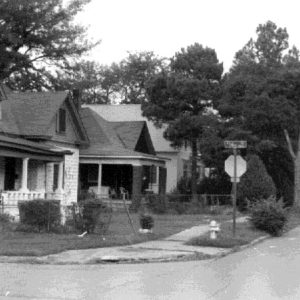 Hanger Hill Historic District
Hanger Hill Historic District
 Hanger House
Hanger House
 Frederick Hanger House
Frederick Hanger House
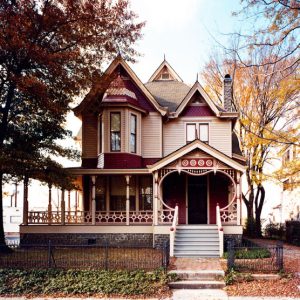 Frederick Hanger House
Frederick Hanger House
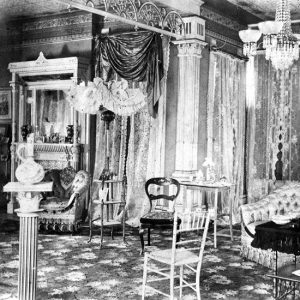 Frederick Hanger House
Frederick Hanger House
Hartford Commercial Historic District
Hartford Water Tower
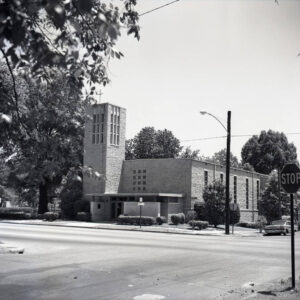 Harvey Hicks Memorial Baptist Church
Harvey Hicks Memorial Baptist Church
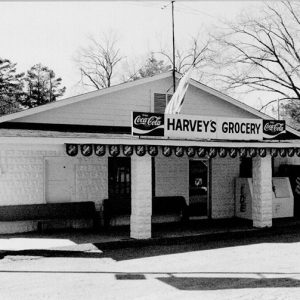 Harvey's Grocery and Texaco Station
Harvey's Grocery and Texaco Station
Harvey’s Grocery and Texaco Station
 Haskell Museums
Haskell Museums
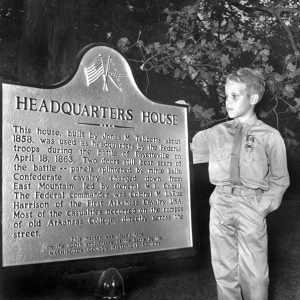 Headquarters House Commemorative Plaque
Headquarters House Commemorative Plaque
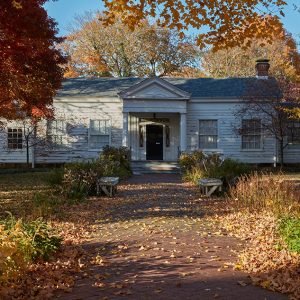 Headquarters House Museum
Headquarters House Museum
Headquarters House Museum
aka: Tebbetts House
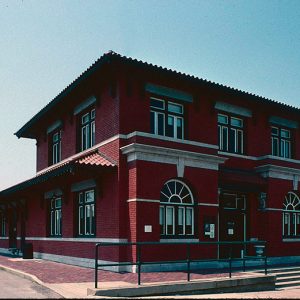 Helena Depot
Helena Depot
Helena Depot
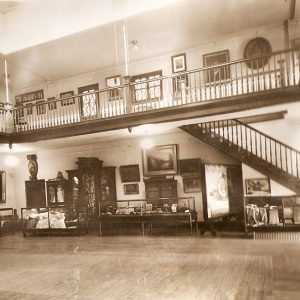 Helena Museum Interior: 1938
Helena Museum Interior: 1938
 Helena Museum Interior: 2021
Helena Museum Interior: 2021
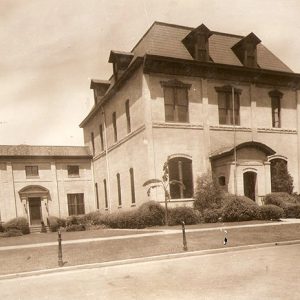 Helena Museum of Phillips County
Helena Museum of Phillips County
Helena Museum of Phillips County
aka: Helena Library and Museum
Helena National Guard Armory
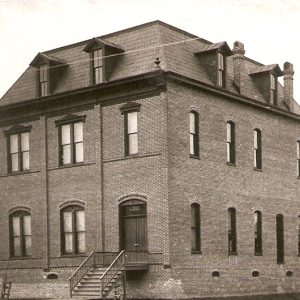 Helena Public Library
Helena Public Library
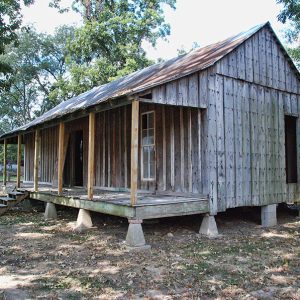 Levon Helm Home
Levon Helm Home




